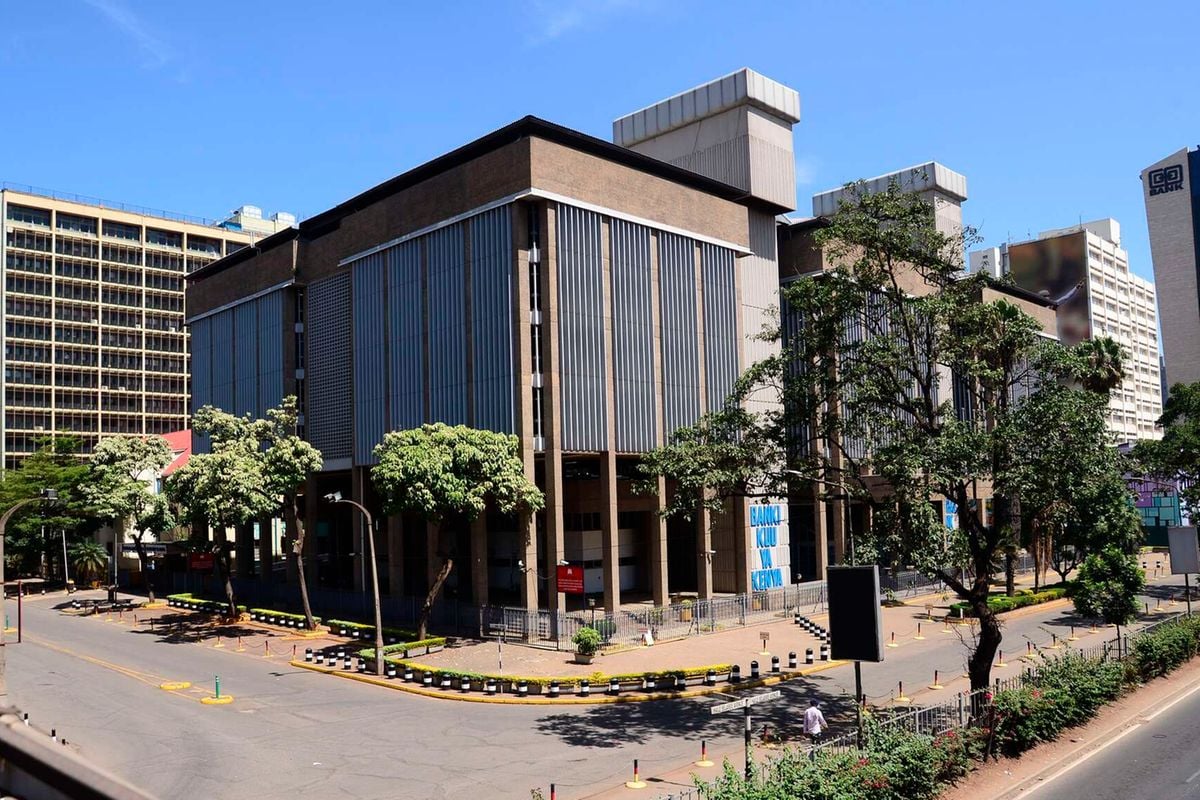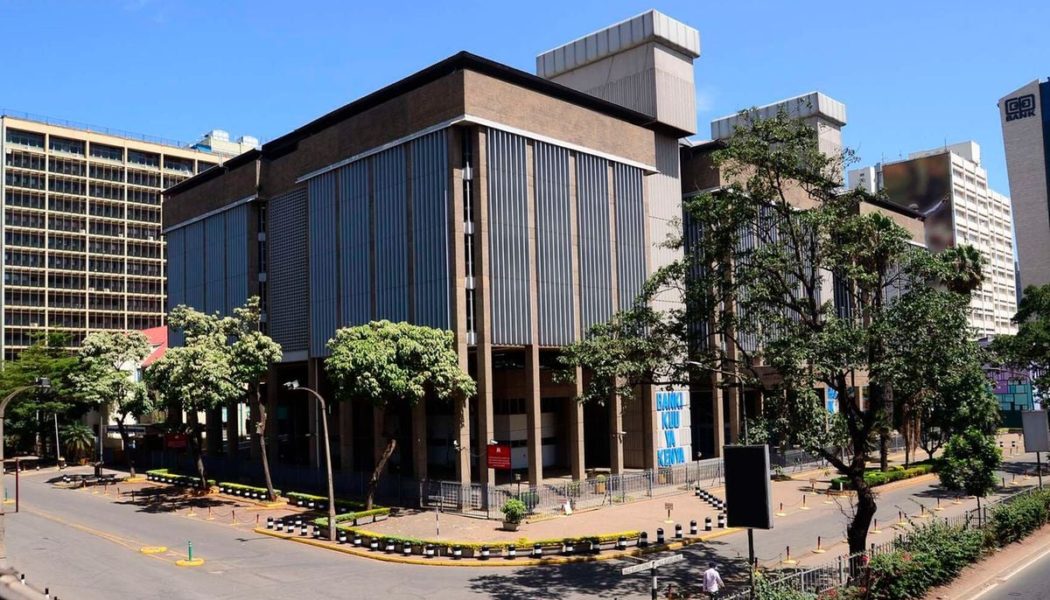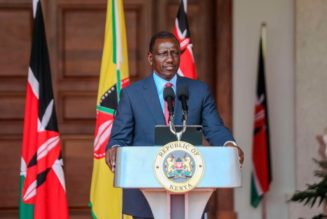
Commercial banks have borrowed from the Central Bank of Kenya (CBK) emergency discount window to fund purchases of government securities as they saw a profit opportunity from the facility’s lower interest rate compared to treasuries.
The discount window is meant to be used to provide temporary liquidity to banks but has now been used to fund the lender’s short-term investment activities.
The International Monetary Fund (IMF) has revealed the development as it continues to caution against the overreliance of some institutions on the apex bank for funding.
“Several banks continue to rely on the CBK discount window for reserves management or reportedly for investment into government securities as their yields have been periodically higher than the CBK discount rate since August 2023,” the IMF said.
The discount window sees the CBK as a lender of last resort providing secured loans to commercial banks on an overnight basis at a penalty or penal rate above the Central Bank Rate (CBR).
The penal rate is meant to restrict banks to seek funding only from the market and turn to the discount window as a last solution to meet their obligations in exceptional circumstances.
Reforms to the monetary policy operations have nevertheless allowed commercial banks to access the window at a comparatively lower cost while interest rates on government securities, including Treasury bills and bonds, have soared, creating an opportunity for arbitrage — profit from the interest rate differences.
This means that a bank can borrow from the window cheaply, purchase T-bills and bonds, locking a higher return.
The interest rate differential was at its highest in November last year when the return on the 91-day paper stood at 15.32 percent against a 14.5 percent discount window rate. The difference in interest rates can yield substantial profit when billions of shillings are invested.
The differential has since closed with the 91-day T-bill rate falling to 13.96 percent last week while the discount window rate presently sits at 15 percent.
In August last year, the CBK’s monetary policy committee reduced the applicable interest rate on the discount window from six to four percentage points above the CBR, opening the arbitrage opportunity that was present for months.
The IMF has persistently flagged the dependence of the window by some banks who have routinely tapped the facility for funding.
The Kenya Bankers Association (KBA) did not comment on its members’ access to the window and instead passed the buck to the CBK.
The CBK was yet to respond to queries sent to it but its disclosures on the discount window operations show that the apex bank scrutinises banks tapping the facility regularly and for more than two times a week.
“The CBK does not have automatic standing facilities with respect to overnight lending. Access to the window is governed by rules and guidelines which are reviewed from time to time by the CBK. Banks making use of this facility more than twice a week are scrutinised, and supervisory action taken,” the CBK states on its website.
The lowering of the rate on the discount window, a part of monetary policy modernisation, was intended to improve the functioning of the interbank market, narrowing interest rate spreads, reducing market segmentation and monetary policy transmission.
In 2011, the CBK flagged abuses of the discount window, noting that some banks had turned to the facility as a permanent supply of liquidity.
This saw the CBK set rules, including blocking banks from accessing funds from the window and the interbank market on the same day and capping borrowing for a single week at the same level as each lender’s cash reserves.
Banks cumulatively tapped Sh81 billion from the discount window in the year to the start of August, according to market sources.
The lenders have nevertheless deployed reverse repurchase agreements- a form of open market operations (OMO) from the CBK- to tap most funding from the apex bank, with Sh4 trillion accessed over the same period.
Reverse repurchases (repos) entail purchases of government securities by the CBK from commercial banks to enhance the liquidity of the money market during periods of tighter than desired liquidity levels.









